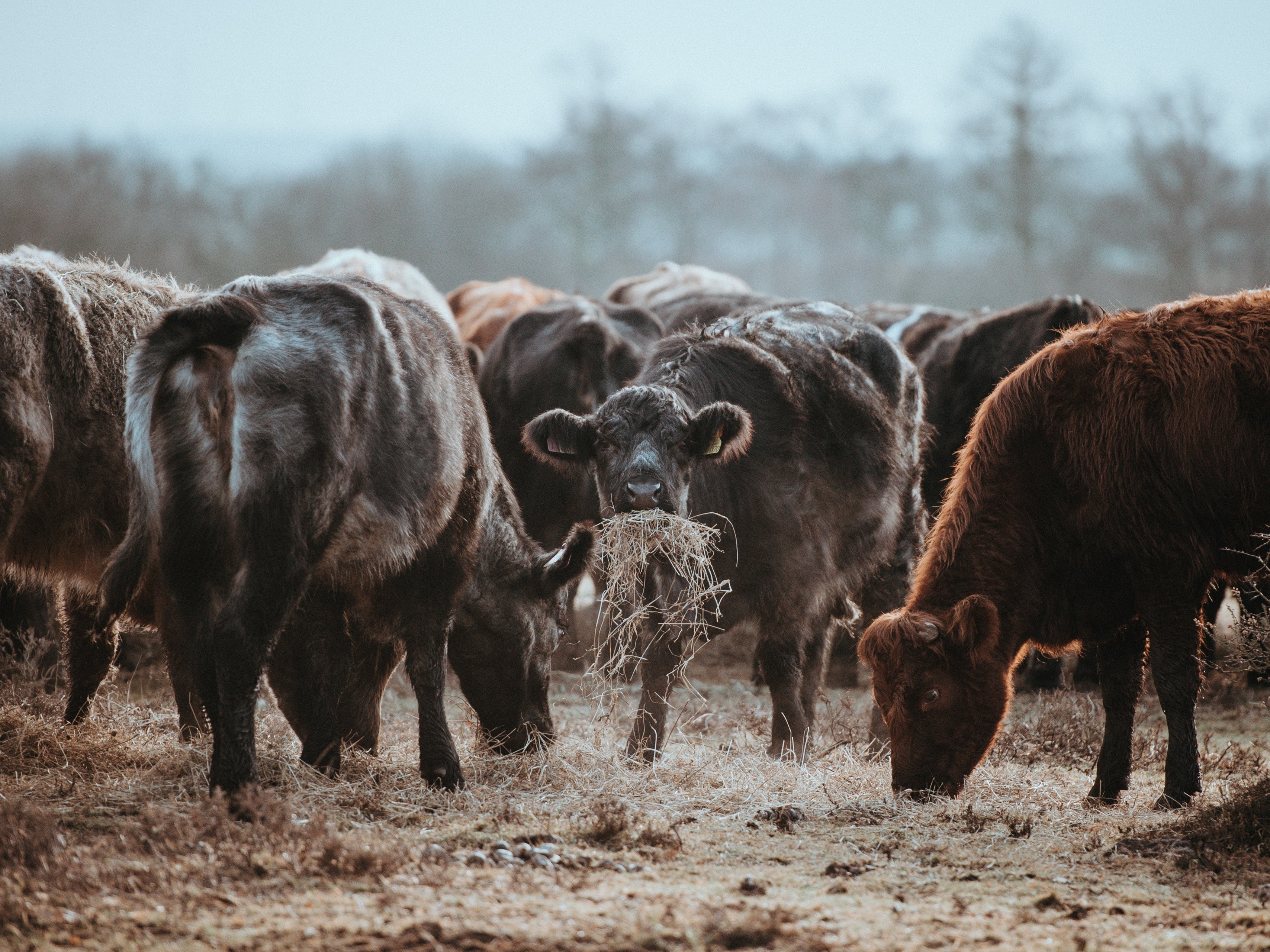
Building Connections with Your Food: Locally Raised Beef & the Farm-to-Table Movement
If you’ve driven through a city or up-and-coming neighborhood, the chances are you’ve seen a restaurant promoting “farm-to-table.” (Think of a trendy eatery where a waiter brings a vase of distilled water before dishing out locally grown broccolini.)
Although the term “farm-to-table” has become increasingly popular in the culinary scene, it is more than a fad enjoyed by health-conscious individuals. The farm-to-table movement is about supporting local agriculture while helping people build connections with their food. This connection is especially important when it comes to beef.
What is the farm-to-table movement, and why has it gained popularity?
Let’s face it. The general food industry doesn’t prioritize transparency. Much of what’s sold in grocery stores is either imported from other countries, processed in big factories, or from undisclosed sources. Added to that, most food travels an average of 1,500 miles from its place of origin to the consumer. Imagine how that affects freshness and quality.
One of the fastest-growing food trends, the farm-to-table movement acquires produce from local farms instead of sourcing from other parts of the country or around the world. The movement began in the 1960s and 70s when Americans grew unhappy with processed foods.
Chef Alice Waters opened the first farm-to-table restaurant (Chez Panisse) in Berkeley, California in 1971. Using produce from local organic farms, Chez Panisse became famous for its fresh, flavorful dishes.
The farm-to-table movement continued to spread during the late decades of the 20th century but didn’t explode in popularity until the 2000s, when farm-to-table eateries opened in cities like Boulder, Colorado, and Seattle, Washington. Now there are farm-to-table restaurants in cities across the country. Not only that, but online food services have followed suit by offering produce from small farms and ranches.
The concept of partnering directly with farmers and making locally sourced food available to the masses seems almost revolutionary. Now people can know where and how their food was raised, grown, and processed and have relationships with the farmers (and ranchers) who produced it.
Although knowledge and connection are the cornerstones of the farm-to-table movement, the rise in popularity can be attributed to other benefits:
- Farm-to-table has a more positive impact on the environment. Along with supporting sustainable agriculture, it reduces transportation emissions. The food doesn’t need to be shipped long distances, so it spends less time on a truck, which means fewer greenhouse gases go into the atmosphere. A great option for those wanting to reduce their carbon footprint and make sustainable choices.
- Farm-to-table offers fresh, seasonal produce (and other goods) that are not only free from harmful chemicals and pesticides but are often more nutritious than processed foods and produce sold in supermarket chains. Because the produce sold in most stores needs to be transported long distances, it’s usually harvested before it’s ripe to lengthen its lifespan, or it’s frozen to prevent spoiling. This results in bland, less nutritious food. When produce is sourced from local farms, it is picked at peak freshness, which makes it flavorful and rich in vitamins and minerals.
- Farm-to-table champions local food systems (farmers, ranchers, small businesses) and prioritizes the need for resilience in our food supply. Since farm-to-table produce is sourced directly from the farmer, the money that is spent helps the farmer expand their business and fuels the local economy.
- Farm-to-table makes local and organic food available to your community.
How does supporting local agriculture enhance food security in a region?
Food security means reliable access to safe, nutritious food across a community. By supporting local agriculture, you help develop your community’s self-reliance when it comes to food, meaning your community can meet its own food demands, which eliminates the need for outside resources and long-distance food transportation.
What does it mean for beef to be locally raised?
The term “local food” refers to food grown or raised 100-400 miles from where it’s purchased, or simply food produced within the same state. Although locally raised beef must fit the criteria, not all locally raised beef is equal, so it’s important to do research before purchasing.
The term “locally raised beef” isn’t legally binding. To earn the tagline, a farmer or rancher must produce the beef near where it’s sold. However, there aren’t rules for how long the cattle must live nearby to be considered locally raised beef. Some farmers and ranchers purchase adult cattle, feed them for a short amount of time, then butcher and sell them as locally raised beef.
When researching beef options, purchase from farms and ranches that specify their cattle were raised at the property from birth. Also, look at whether their cattle were pasture-fed, grass-fed, grain-finished, etc. We’ll talk more about feed in a moment.
Overall, proximity is a key factor in the farm-to-table movement. Since the goal is to develop relationships between farmers, processors, retailers, restaurateurs, and consumers, it’s necessary for the components of a food system to exist near each other. This rings true for beef.
What are the benefits of consuming locally raised beef?
Besides cutting back emissions and supporting the local economy, purchasing locally raised beef is often healthier. You’re able to know where your beef came from, what it was fed, and how it was raised and processed. Also, with locally raised beef, you’re more likely to find meat that’s free from added hormones, antibiotics, and preservatives.
If that isn’t enough to persuade you, locally raised beef is more budget-friendly than the alternatives. When you buy locally, you save on shipping costs and since the meat isn’t going through various wholesalers and retailers, you’ll likely get the absolute best price.
Same as other farm-to-table foods, locally raised beef often tastes better than factory-farmed meat and has more health benefits, many of which come from the cattle’s feed.
There’s a difference between grass-fed and pasture-fed. Grass-fed describes what is being fed while pasture-fed describes where the animal is being fed.
Cattle that are raised in a pasture get a significant portion of their nutrition from grazing on grass. They may also receive grain as a supplement, often in the winter when snow covers the pasture.
Grass-fed cattle eat nothing but their mother’s milk and grass (fresh or hay) from birth to harvest.
So, can pasture-fed cattle also be grass-fed? Yes.
Are all pasture-fed cattle grass-fed? No, pasture-fed cattle often eat grain in the winter.
Are all grass-fed cattle pasture-fed? No, grass-fed cattle may be kept indoors for the duration of their lives and given hay. This doesn’t happen frequently. Most grass-fed cattle do spend most of their lives in a pasture. However, to be considered grass-fed, pasture grazing isn’t a requirement.
Other important things to note:
- Pasture-fed cattle are often finished on grain, meaning they’re fed a grain diet before harvest. Don’t let this alarm you. Grain isn’t the enemy if it’s all-natural and distributed in healthy quantities.
- Not all grass-fed beef is equal. Although the term “grass-fed” has a specific definition, some beef producers and distributors use it to mean the cattle ate grass at some point. “Grass-finished” means the cattle ate only grass in the months leading up to harvest.
Lots of terms. Lots of gray areas. This is why the farm-to-table movement and locally raised beef are vital to not only supporting our communities but promoting food transparency!
Health benefits of locally sourced pasture-raised beef:
- Pasture-raised beef offers up to six times more omega-3s than standard beef. Omega-3s improve mental health, rheumatoid arthritis, and concentration.
- Pasture-raised beef lowers the risk of heart disease. Because the cattle are fed a natural diet without growth hormones or steroids, the beef has less overall fat. It also has lower amounts of LDL cholesterol.
- Pasture-raised beef can help fight cancer thanks to conjugated linoleic acid. CLA is a powerful anti-cancer nutrient. A recent study showed that women prescribed CLA-rich foods had a 60% lower risk of developing breast cancer than those without CLA in their diets. Pasture-raised beef contains nearly twice as much CLA as typical meat.
All in all, purchasing and consuming locally raised beef is not only good for your community but it’s good for you.
How does the farm-to-table movement promote transparency in the food supply chain?
Because the food is sourced locally, often from the farms and ranches themselves, there’s more opportunity for consumers to learn about their food and the people who raise and grow it.
How does supporting locally raised beef contribute to the local economy?
By purchasing locally raised beef, you support agriculture in your community and help farms and ranches stay in business.
How does locally raised beef offer a diverse range of flavors and cuts?
Since locally raised beef isn’t often sold on a commercial scale, its producers are able to offer steakhouse-worthy cuts at a competitive price. They’re also able to provide higher-quality beef.
Support your local economy. Buy locally raised beef.


